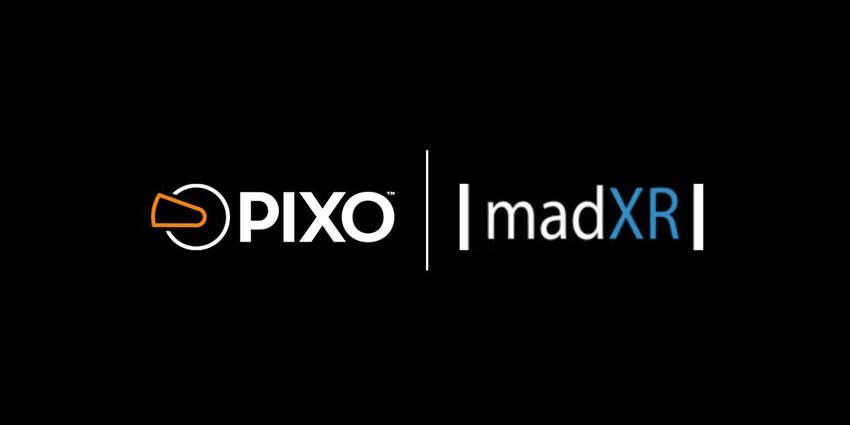The Cardano ecosystem is a third-generation blockchain platform, similar to protocols like Ethereum and Bitcoin. Charles Hoskinson, Ethereum’s Co-Founder, began developing the platform in 2015, and it finally launched out of stealth in 2017.
Cardano will support all major blockchain use cases like smart contracts, non-fungible tokens (NFTs), and cryptocurrencies, and it already has its own token called Ada.
What’s unique about Cardano is its peer-reviewed nature – every component of the ecosystem is backed by peer-reviewed research to make it extremely safe and ultra-stable, unlike other protocols that are typically volatile. Today, consumers can trade in a host of digital assets belonging to the Cardano ecosystem.
What Is the Cardano Ecosystem?
Cardano is the world’s first blockchain platform built using peer-reviewed research to provide secure, scalable, and robust decentralization to support enterprise-grade blockchain use cases. Three groups have contributed to the development of the Cardano ecosystem:
- The Cardano Foundation – An Independent body that defines the standards driving Cardano and acts as the protocol’s legal custodian.
- EMURGO – The for-profit arm of Cardano, which develops and incubates commercial applications of the Cardano ecosystem and simplifies business adoption.
- IOHK – A technology and engineering company, co-founded by Charles Hoskinson, to look after the technology needs of the Cardano platform, including design, build, and maintenance.
The primary aim of Cardano is to offer an open and inclusive ecosystem that is strong enough to support the widespread adoption of blockchain applications without running into scalability issues.
Cardano’s Development Journey
The company breaks down its journey from development, stealth, and finally release, into five stages:
- Byron – The 2015–2017 years comprise the Byron era, which is when IOHK and Emurgo laid the foundations of the Cardano ecosystem. The first iteration of its blockchain was launched during this time, along with its cryptocurrency token Ada. The organization’s two ADA-compatible wallets, Daedalus and Yoroi, also debuted during this period.
- Shelley – the next phase on the roadmap focused on decentralization and growth. In the Shelley era, more members joined the Cardano ecosystem, and the organization opened new offices. It also saw the introduction of a rewards system to incentivize membership.
- Goguen – Next, decentralized apps, or dApps, were developed for the Cardano platform, and the organization also built a smart contract development language called Plutus. This technology is yet to be officially released, and will ultimately allow users to create Cardano smart contracts without technical expertise.
- Basho – This period optimizes performance, making room for scalability, and planning for interoperability in the future. The organization also focused on sidechain implementations, or when a side blockchain is linked to the main chain to enable expansion, to eventually offload main chain workloads and boost capacity.
- Voltaire – Voltaire is the last stage in Cardano’s development, which is yet to be reached. It aims to build a self-sustaining governance system on the blockchain, similar to the underlying architecture that now powers the metaverse platform, Decentraland. The governance mechanism will power voting, treasury systems, and decentralized decision-making.
To date, the Shelley, Goguen, and Basho tracks are running in parallel tracks. Some of the dApps for the Cardano ecosystem are already available on CardanoCube.
Key Features of the Cardano Ecosystem
Cardano is built on the following key features:
Ouroboros
Ouroboros is a verifiable and secure blockchain protocol driving the ecosystem implemented for the very first time by Cardano. This feature enables network decentralization and makes it scalable for enterprise-scale use.
Security
Security is among the most prominent features of the Cardano ecosystem. To begin, the Ouroboros protocol protects users from malicious entities and Sybil attacks, or network attacks where hackers compromise the reputation system using false identities. Additionally, it employs an unspent transaction output (UTXO) model, that verifies digital currency volumes after every crypto transaction.
Open-source architecture
Nearly every blockchain ecosystem is designed for the open source, but Cardano goes a step further with incentivized participation. Every member that joins Cardano will receive a stake pool in its crypto token, and coin holders can also vote on important decisions regarding the platform and determine the direction of its development. This ensures active involvement from the Cardano community, while also being open-source.
Cardano Stack Exchange (CSE)
CSE is a community-driven knowledge base for Cardano, aiding developers in building dApps and crypto projects on the Cardano platform. The Cardano Stack Exchange was in beta all of last year and officially launched on Stack Exchange in February 2022.
Hydra Head
Hydra is a set of protocols for Cardano that will enable exceptional network security and scalability. It was developed in 2020, and in February 2022, the organization announced that the Hydra Head protocol was a mature proof of concept.
Hydra Heads are essentially networking layers that sit between peers and an integrated Cardano ledger to mediate their exchanges. More protocols of this type may be announced in the future.
Ada
As mentioned, Ada is a cryptocurrency token designed for the Cardano ecosystem. When a user buys or earns Ada, they also gain a stake in the operations of the Cardano network. It can be stored in a compatible wallet, and eventually, Ada holders will be able to use the currency for trade and commerce on the Cardano platform.
What Can You Do with the Cardano Ecosystem?
Cardano is relatively new in the market, and most of its use cases are still experimental. The company currently offers a few solutions for education, retail, agriculture, government, and healthcare industries, and more will eventually be added to this list.
A complete list of its dApps is available on CardanoCube, but real-world use cases are limited as the platform is yet to become widely available.
For now, interested investors can purchase digital assets related to the Cardano ecosystem, such as ADA, ADAPAD, ADAX, and others, accessible via cryptocurrency exchanges.
As Cardano evolves, its dApp ecosystem will mature and find real-world use cases among individuals and enterprises alike. Until that time, Ada and related crypto assets remain a promising investment category.







